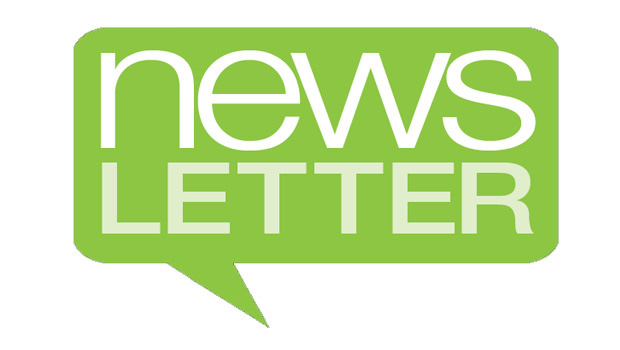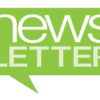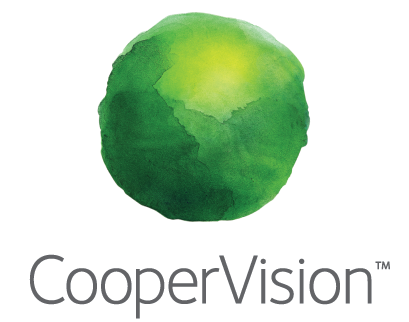

Facing Changes in Eye Care

By the SNAPP Board; pictured above (l-r): Dr. Ken Kopolow, Milissa Stone, Dr. Lisa Hamilton and Dr. Richard Hults
COVID-19 was definitely on the minds of attendees at the SNAPP National Meeting in Atlanta, but phrases like “social distancing” had not yet become part of the everyday conversation. The attendees could not have anticipated the impact COVID-19 would have in the subsequent three weeks as we returned home and back to our businesses; but that made the discussions we had at the meeting even more poignant.
If nothing else, the 3-day event in early March provided a platform for discussion and a glimpse of what lays ahead for our profession.
Here are some highlights…
Tony Cavallerano, OD, presented a session on telemedicine and its impact on other areas of health care. Key points for care providers included reimbursement and regulatory issues, as well as how infectious disease events, such as the coronavirus pandemic might prompt practitioners to incorporate telemedicine practices sooner, rather than later.
SNAPP return presenter Rebecca Johnson discussed the importance of capturing the sale when the patient or customer is in the optical, as opposed to passively waiting for a secondary opportunity. She also identified effective strategies for executing and how the Eyefinity POS system can help track associate performance.
April Jasper, OD, FAAO, discussed the future of myopia management in eye care practices, noting these services can impact not only the vision but also the ocular health for a lifetime. She stated that each diopter increase in myopia increases the risk for ocular disease such as glaucoma and cataracts by 67%. Her message of prevention and proactivity was very well presented.
While these and other ideas will be discussed in detail in upcoming SNAPP publications, we’d love to hear what attendees brought home from Atlanta. Please share with us.


SNAPP National Meeting Recap
The Ideas Contest at the SNAPP meeting is always a highlight because the greatest ideas of the group can be shared with others in a fun and lively format.
Here are a few of the terrific ideas presented.
An Eyewear Safety Program Brings in New Patients and Revenue
Presented by Theresa Ayers, with three locations in Ohio
Ayers created a strategic partnership with manufacturers in her area designed to supply safety eyewear to hundreds of employees. By reaching out to HR coordinators at various companies, she uncovered the opportunity to combine eye wear and eye care packages geared specifically toward the needs of that company.
For some, she sets up on site, offering eye exam appointments for two days so that employees never have to leave the facility to take advantage of the program. One such event generated $30,000 for a two-day clinic after of seeing 180 patients at the rate of $220 each. She and her staff entered the 180 orders over the next five days, and three weeks later, Ayers personally delivered all the eyewear.
For patients who prefer to visit her office, the company provides a voucher and bills the company for the services.
Make Your On-Hold Messages Work for You
Presented by Ken Kopolow, OD, and Chris Moran, Las Vegas, Nevada
The team upgraded its “music on hold” to include personalized content that promotes the business and products. The loop promotes the importance of annual eye exams, as well as medical and complete eye wear services.
Moran said message updates are quick and easy to make.
Breaking Past the Flatline
Presented by Lori Edwards, Denver, Colorado
Growth in the early years is often rapid, but in her fourth year, when Edwards saw 2 quarters of flat revenues, she began to look at how to maximize her coverage while controlling costs. Her solution was to open a second exam lane and update the scheduling template to three patients per hour.
The result was nearly doubling patient encounters almost immediately. “It’s opened us up to allowing walk-ins,” she said. “Technicians are also doing more of the pretesting, and they’ve begun to feel more confident with their expanded roles,” she added. One possibility for further reducing potential bottlenecks in the pretesting area is to have technicians take the patient history in the exam room, getting the patients settled in one of the two exam lanes more quickly.

CARES ACT Signed Into Law
On March 27, President Donald Trump signed the Coronavirus Aid, Relief, and Economic Security Act (CARES Act) into law. Earlier that day, it passed the U.S. House of Representatives. Read the full text here.
Key elements of the bill are in Title 1, Section 1102. Paycheck Protection Program, which notes that small business concerns are eligible for federal-guaranteed emergency Paycheck Protection Program loans. This section details the available loans, eligible borrowers, covered period, maximum loan amounts and more.
Section 1106 details loan forgiveness, and Section 1109, the United States Treasury Program Management Authority, allows the U.S. Treasury to designate additional lenders to participate in the PPP lending program
Title II of the act provides for Assistance for American Workers, Families, and Businesses.
Section 2303 covers Modifications for net operating losses. The provision relaxes the limitations on a company’s use of losses. These changes will allow companies to utilize losses and amend prior year returns, which will provide critical cash flow and liquidity during the COVID-19 emergency.
Section 2306 modifies limitation on business interest. The provision temporarily increases the amount of interest expense businesses can deduct on their tax returns, by increasing the 30-percent limitation to 50 percent of taxable income (with adjustments) for 2019 and 2020. As businesses look to weather the storm of the current crisis, this provision will allow them to increase liquidity with a reduced cost of capital, so that they are able to continue operations and keep employees on payroll.
Title IV of the act addresses the Economic Stabilization and Assistance to Severely Distressed Sectors of the U.S. Economy.
Section 4003, providing Emergency Relief and Taxpayer Protection, creates an Emergency Stabilization Fund that backstops the Federal Reserve’s ability, with up to $50 billion, to purchase obligations directly from issuers of such obligations for businesses that have not otherwise received adequate economic relief in the form of loans or loan guarantees.
In addition to the steps above, the Federal Reserve expects to announce soon the establishment of a Main Street Business Lending Program to support lending to eligible small- and-medium sized businesses, complementing efforts by the SBA.
Section 4013 establishes Temporary Relief from Troubled Debt Restructurings. Elements of this section waive the normal application of GAAP for “financial institutions” for loans modified (that would otherwise be treated as troubled debt restructurings) as a result of CV-19 and to loan impairments related to such modifications. (539)
Section 4014 details Optional Temporary Relief from Current Expected Credit Losses. This section waives the normal application of GAAP for “insured depository institutions” from March 1, 2020, until the earlier of December 31, 2020, or the date of termination of the public health emergency declared on January 31, 2020.





